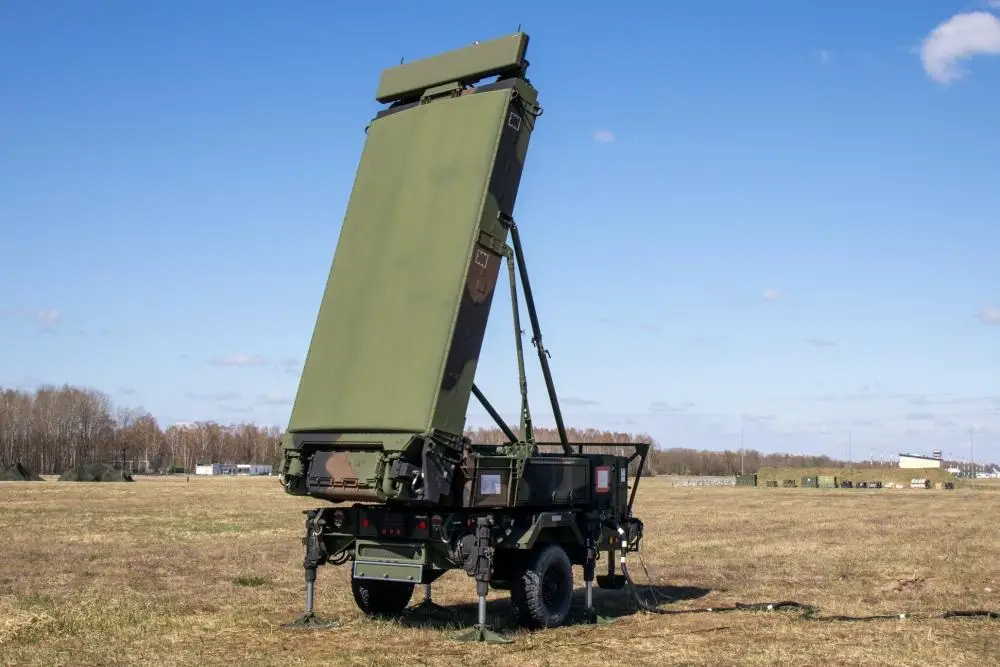Estonian Brig. Gen. Rauno Sirk, Estonian Air Force commander, and Col. Dainius Guzas, Lithuanian Air Force commander, visited Siauliai Air Base, Apr. 26. They met with the 2nd Marine Aircraft Wing (MAW) to observe the unique aviation command and control capabilities of the Marine Air Control Group (MACG) 28. The visit included a tour of the Multifunction Air Operations Center (MAOC) and the AN/TPS-80 Ground/Air Task Oriented Radar (G/ATOR), which is the short-to-medium range multirole radar.
The MAOC, under the command of U.S. Air Forces in Europe, is using the G/ATOR to conduct air surveillance and multidomain awareness in support of NATO operations. The leaders discussed communication and information technology solutions for data exchange between lateral and higher echelons of command, to include NATO and coalition partners. U.S. Marines also demonstrated the expeditionary capabilities of the Marine Air Command and Control System (MACCS). The MACCS, with a small footprint, can rapidly deploy with few logistical and transportation requirements to achieve initial operational capability.

The radar site in Lithuania is a successful execution of expeditionary advanced base operations; the employment of mobile, low-signature, and easy to sustain naval expeditionary forces from a temporary location. The MACCS and G/ATOR are key components of expeditionary advanced base operations and the future force, in accordance with Force Design 2030. Multiple elements within 2nd MAW rapidly repositioned from the Arctic to the Baltic Sea region to reinforce the Allied defensive posture and to support the NATO Air Policing mission.
The deployments were conducted in full coordination with host nations and military authorities, and although temporary in nature, they are prudent measures to increase readiness and enhance Eastern European’s collective defense. The deployment of U.S. Marine Corps forces is evidence of the Marine Corps’ readiness and strong commitment to NATO allies and partners.













